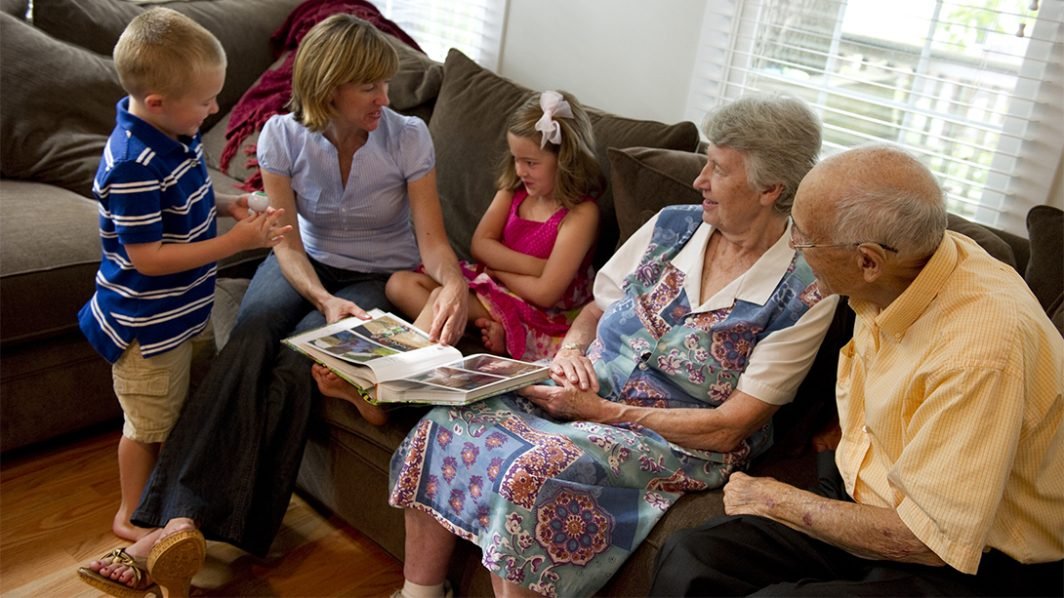
Learning how to communicate with loved ones who have Alzheimer’s Disease is often a difficult task for families. It can be heartbreaking and confusing to witness a loved one exhibit behavior that is far from their usual temperament. In order to sustain relationships and enhance coping abilities,![]() family members and caregivers must learn how to communicate with their loved ones in ways that can enhance the quality of life for the individual.
family members and caregivers must learn how to communicate with their loved ones in ways that can enhance the quality of life for the individual.
Techniques for Communication
Learning how to successfully communicate with your loved one can help to keep undesired behaviors like agitation and wandering to a minimum as well as improve their quality of life. There are a few basic techniques caregivers and family members should keep in mind when communicating with their loved one.
First, approaching a person from the front can be helpful in reducing the potential of surprise. The element of surprise can be fear-producing and disorienting for someone with Alzheimer’s. Second, face the person as you talk with them, and avoid spending time in a setting with a lot of sensory stimulation. Too much surrounding noise or movement can be confusing and affect your loved one’s ability to communicate. Third, if a situation looks like it might get out of hand, distraction can be helpful to diffuse the situation. For example, introducing another activity such as a walk or drive can help to redirect their attention. Lastly, speaking slowly in a low-pitch and remembering to ask only one question at a time can help your loved one understand and minimize confusion. The above are a few basic keys to communicating with someone who has Alzheimer’s.
Helpful Interventions
Sometimes prescription medications are appropriate for those with Alzheimer’s to alleviate psychotic symptoms or enhance memory and cognitive functions. However, there are other interventions that caregivers and family members can take in order enhance their relationships and quality of life for the individual.
Family members can help to preserve their loved one’s skills and strengths by identifying areas of satisfaction and pleasure. Enabling your loved one to participate in activities which they have enjoyed their whole life can help to reduce agitation, improve their ability to cope with the disease, and increase their sense of dignity. For example, if your loved one used to enjoy painting or gardening, set time aside to participate in these activities in a way that is safe and manageable. Activities that are as simple as being around pets, going for walks, and listening to music can help to positively structure time and enhance quality of life.
Lastly, watching video biographies are a great way to spend time with your loved one. Video biographies are old photographs that are videotaped and narrated by family members. These videos can often help to reduce agitation during a visit and possibly help to spark the memory of the person suffering from Alzheimer’s Disease. There is a lot of room for creativity in constructing video biographies as well as the opportunity to include multiple generations of family members in the process.




